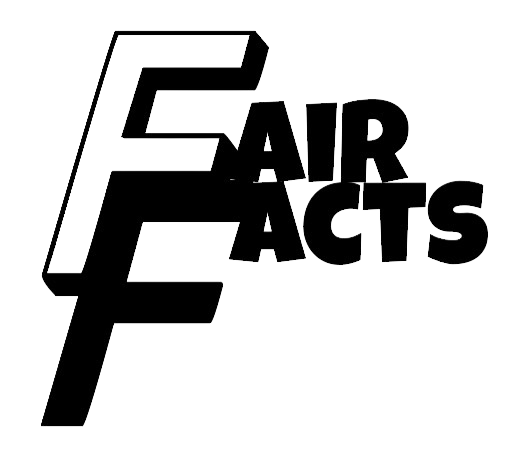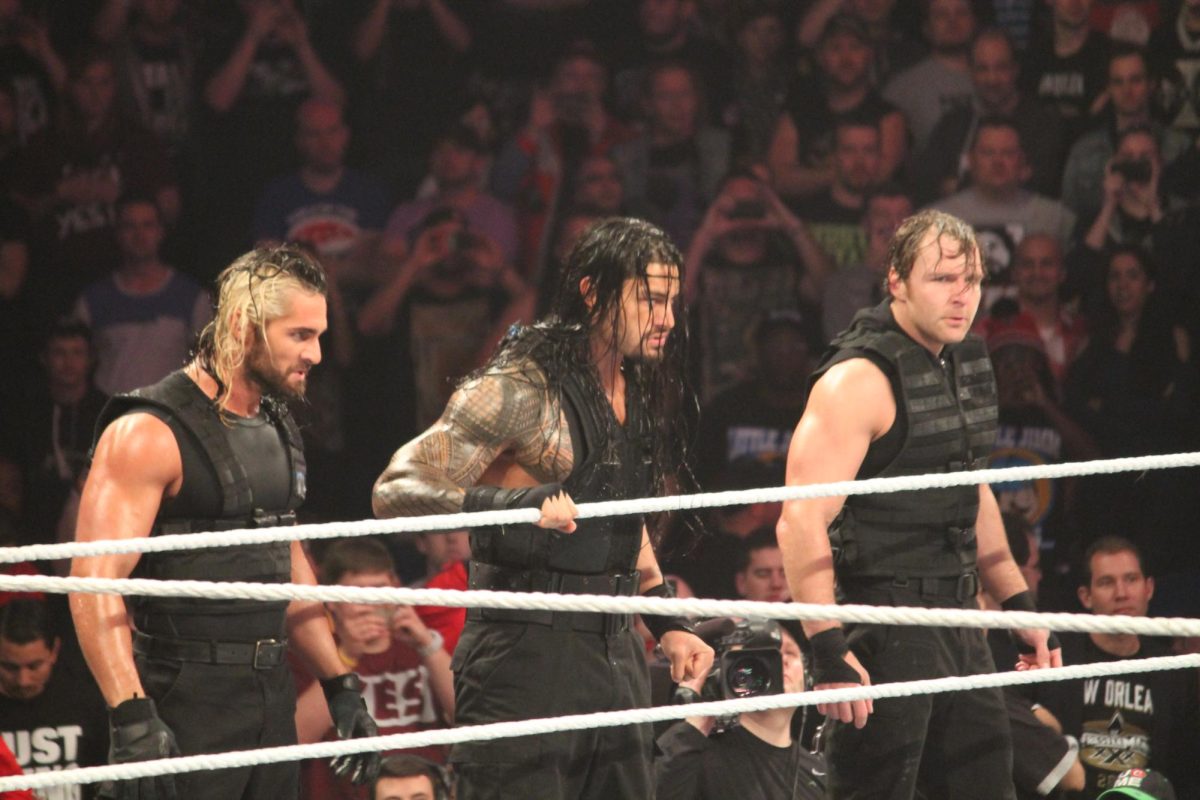From The Golden Age to The New Era, the pro-wrestling industry has been on the rise as of late. However, this doesn’t stop the continuously asked questions about the authenticity of pro-wrestling. Is it fake or does it bring shame to the combat-sport industry? This questions the credibility of the industry, the legends, and the hard-core history of the greatest American pastime and form of sports entertainment. In this article, we dive deep into understanding the squared circle!
Kayfabe is a very important term to know when understanding the sports entertainment industry–it refers to the world in which there are faces and heel (hero and villain) wrestlers, and the world their characters live in, separating the wrestler from their on-screen persona. Faces are people like John Cena, The “People’s Champ” Rocky, or even Stone Cold Steve Austin, who come in and make the save while garnering a loud crowd reaction of cheers. Turning heel or being a heel refers to being the villain-like character, like Seth Rollins turning against his SHIELD brothers, or even post Royal Rumble when Batista turned against his faction brothers (Evolution) by challenging Triple H for the WWE title. Kayfabe is drastically different from styles of wrestling such as folkstyle or strongstyle, since kayfabe is predominantly about selling–selling the RKO or selling the Stone Cold Stunner, making sure the audience thinks that your lights just went out.
Pro-wrestling had been about wrestling for decades until it was more about the entertainment of sports, where there became mostly predetermined outcomes (that varied on injury or crowd backflash). However, not everything in the wonderful world of wrestling is scripted. From The Rap Up, whether it’s “spoken promos or the matches themselves, oftentimes the things you’re seeing were never fully scripted at all. Moreso with the matches, the actual ‘scripting’ comes down to an amount of time the wrestlers are allowed to take up, an outcome determined by a creative team, and a rough narrative the writers want to tell based on storylines.” More often than not, it is about the wrestlers–to plot out the match and rehearse the moves–the most involved that creative writers get involved are when looking for “spots” to happen, these are typically moves that are bigger than most that are performed (involves jumping off the ring into a huge frog splash, or even giving chair shots/ attacking with a kendo stick).
Additionally from The Rap Up, they wondered if pro-wrestling should be considered a sport. They mentioned that the wrestlers are “required to go out in a live setting, with millions of people watching sometimes, and perform feats of athleticism for a crowd that reacts based on allegiances to certain people. To me, that sounds like the very definition of a sporting event.” They also mentioned the vague instructions of the scripts. Every move they do in the fifteen to twenty minutes they are out there isn’t scripted; “If they mess up the whole wrestling world gets to see. There is a level of pressure under which these people perform that every professional athlete knows the burden of.”
Now, the idea of acting as a character and selling hits shouldn’t take away from the athleticism of pro-wrestling since each wrestling-scene is different. Sure, at times wrestling companies use an injury-based storyline to add plot. However, real-life and career threatening injuries do occur from either messing up a move or from going off script.
The most noticeable off-script moments usually come with injury. The one that is easily recognizable to me was during the AEW match for the International Championship: Jon Moxley v Rey Fenix, Fenix set Mox up for the piledriver and ref started the pin count. The referee got to the count of two before he stopped and checked on Mox, despite him not kicking out. This prompted Mox to call for the ending and Fenix set him up for another piledriver, and got the three count for the belt. In the end it was found that Mox suffered from a minor concussion, which led him to (not according to plan) pass the title over to Fenix. Other noticeable off-script moments become too real, too quick. UFC and WWE fighter Brock Lesnar is most notoriously known for leaving stars suffering in the ring from his off-script moments–when he sent “The Deadman Walking” (Undertaker) to the hospital after their match at WrestleMania 30, or when he left John Cena with a crimson mask in the ring after removing his gloves.
Similar to how there are minor leagues and major leagues in baseball, hockey, or basketball, the wrestling scene has something very similar. While you have the major national promotions (this includes WWE, AEW, TNA Impact, and NJPW), you also have the independent scene also known as indies (this includes CZW, ROH, and Virginia’s very own, VCW). Despite how most indy stars get signed to major promotions, or major stars return to the indies after a run with the big promotions, the scenes have a pretty big gap when it comes to character development and scripting. Indy scenes are far less scripted and more organic with talent creation, promos, and the hits that are taken (or given) in the ring.
*** WWE (World Wrestling Entertainment), AEW (All Elite Wrestling), TNA (Total Nonstop Action), and NJPW (New Japan Pro Wrestling). CZW (Combat Zone Wrestling), ROH (Ring of Honor), and VCW (Virginia Championship Wrestling).
Recently, UFC’s Endeavour merged with WWE to form TKO, and since doing so, it proposes the question on the difference between the two–especially since there have been WWE wrestlers who have explored the possibilities of being UFC fighters (vise versa); Ronda Roussey, Brock Lesnar, and CM Punk. WWE is sports entertainment at the finest level, it uses aspects of professional wrestling, drama, and theater, whereas UFC is a combat sport that uses full-contact fighting and employs a range of martial arts methods. From Sportskeeda, professional wrestling usually has matches that are planned and rehearsed, with “results and storylines that are intended to delight the audience.” In stark contrast, “MMA is a competitive sport in which competitors engage in genuine, unscripted combat inside an octagonal ring.”
Lex Letherman, known best online as WheezyBlonde, a wrestling content commentator and creator, best explained wrestling. She said “professional wrestling is an art. It’s the perfect combination of athleticism and theatrics.”


